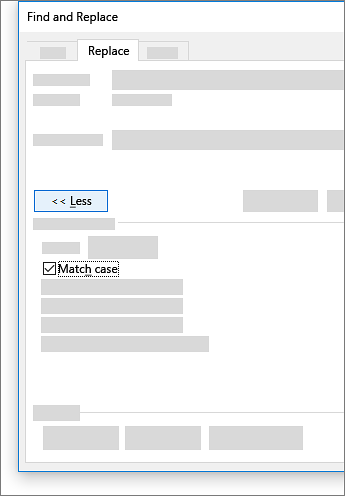

You can use the asterisk (*) wildcard character in data filter to get a list of companies that start with the alphabet A. Suppose you have a dataset as shown below: #1 Filter Data using Excel Wildcard CharactersĮxcel wildcard characters come in handy when you have huge data sets and you want to filter data based on a condition. Count Non-blank cells that contain text.Partial Lookup using wildcard character and VLOOKUP.Filtering data using a wildcard character.Now let’s look at four practical examples where Excel wildcard characters can be mighty useful: Now let’s go through four awesome examples where wildcard characters do all the heavy lifting. Nevertheless, it is a good to know feature. Note: I have not come across many situations where you need to use ~. Here, the presence of ~ ensures that excel reads the following character as is, and not as a wildcard. To specifically look for excel*, we need to use ~.

If you use Excel* as the search string, it would give you any word that has Excel at the beginning followed by any number of characters (such as Excel, Excels, Excellent). For example, let’s say you want to find the exact phrase Excel* in a list. ~ (tilde) – It is used to identify a wildcard character (~, *, ?) in the text.? (question mark)– It represents one single character. For example, Tr?mp could mean Trump or Tramp.For example, Ex* could mean Excel, Excels, Example, Expert, etc. * (asterisk) – It represents any number of characters.There are three wildcard characters in Excel: Wildcards are special characters that can take any place of any character (hence the name – wildcard). Count Non-blank Cells that Contain TextĮxcel Wildcard Characters – An Introduction #2 Partial Lookup Using Wildcard Characters & VLOOKUP.#1 Filter Data using Excel Wildcard Characters.Excel Wildcard Characters – An Introduction.


 0 kommentar(er)
0 kommentar(er)
